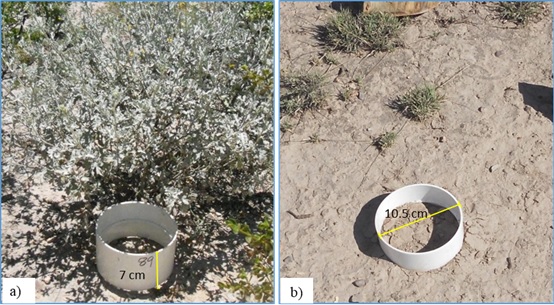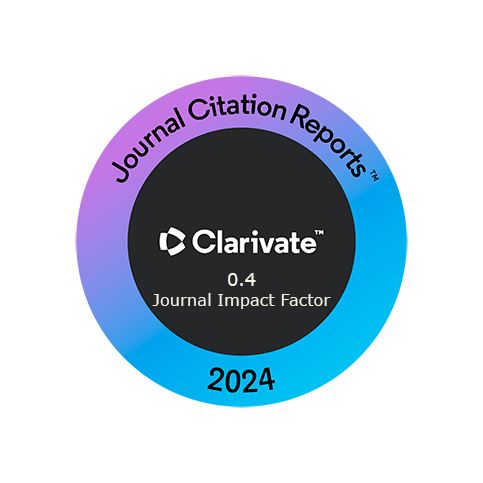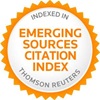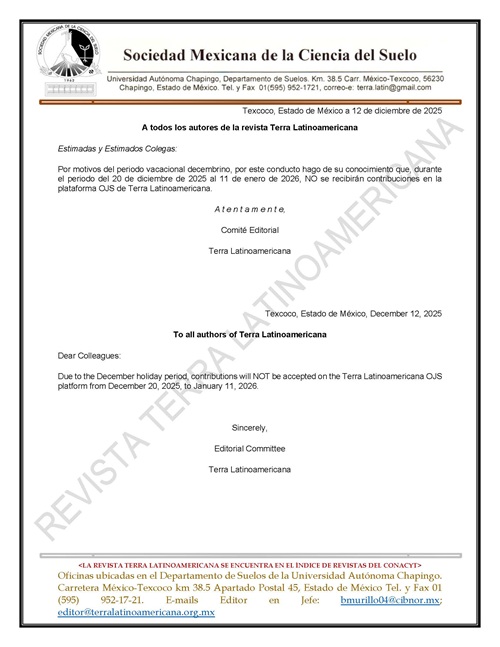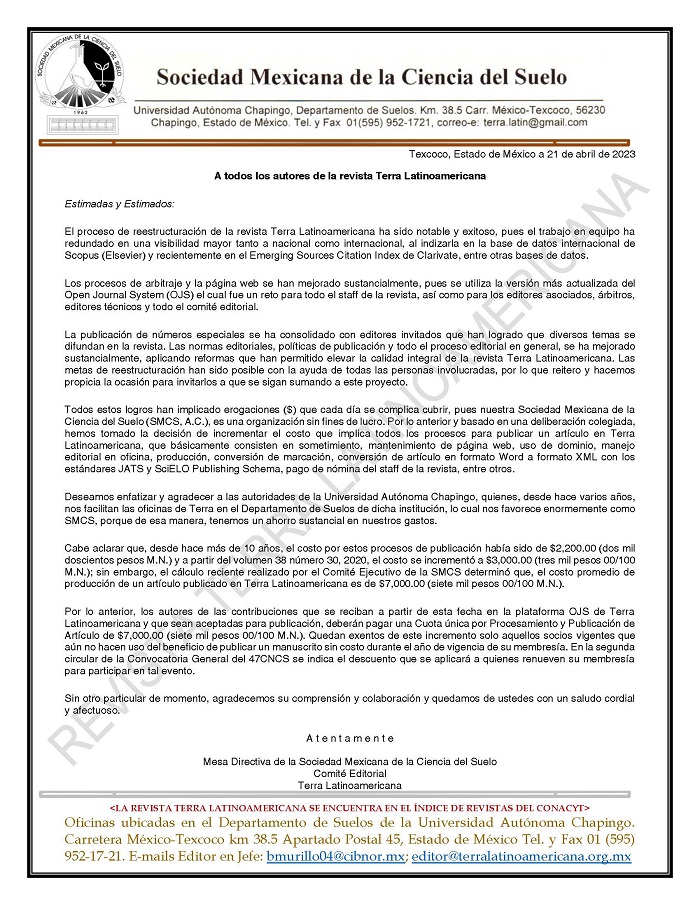Influence of biocrusts on the CO2 flux in the microphyllous desert shrubland of the Mexican plateau
DOI:
https://doi.org/10.28940/terra.v40i0.1211Keywords:
Chihuahuan desert, soil respiration, respiration rate, arid zonesAbstract
Carbon dioxide (CO2) in the soil is produced by mineralization of organic matter and by respiration of soil organisms. Biocrusts contribute to this f lux and is a key factor for the functioning of arid and semi‑arid ecosystems. This research was conducted in an area of microphyllous desert shrubland in northeastern Mexico. Four microenvironments were selected: open area without biocrusts (Aa), open area with biocrusts (AaC), under plant without biocrusts (Bp) and under plant with biocrusts (BpC). The biocrusts were mainly constituted by lichens and cyanobacteria. The following hypotheses were tested: i) biocrusts contribute to soil respiration in these areas to a greater extent than vascular plants; ii) soil respiration is higher in biocrusts microenvironments than in open areas without biocrusts; iii) soil respiration rates increase as soil temperature increases, regardless of the presence/ absence of biocrusts. Soil respiration was measured in situ using an EGM-4 equipment with a closed soil respiration chamber. Data were analyzed by Kruskal Wallis and Mann Whitney U tests. The relationship between temperature and soil respiration rate was evaluated with a Spearman correlation analysis. Statistical analyzes were performed in the SPSS® Statistics version 19 software. The results showed that the average respiration rate was higher in soil with biocrusts than in soils lacking biocrusts, with 3.03 μmol CO2 m-2 s-1. Respiration rates dif fered between microsites. AaC, BpC and Bp microenvironments reached equal respiration rates among them and were overall higher than the soil respiration rates in Aa, except for Bp, which showed similar values. The results also showed a positive relationship between soil respiration and temperature for all microenvironments. We conclude that the respiration rates were higher in areas with biocrust coverage ≥ 40%, compared with soil without biocrusts, both in the presence and absence of vascular plants.
Downloads
Publication Facts
Reviewer profiles N/A
Author statements
- Academic society
- Terra Latinoamericana
- Publisher
- Mexican Society of Soil Science, C.A.
